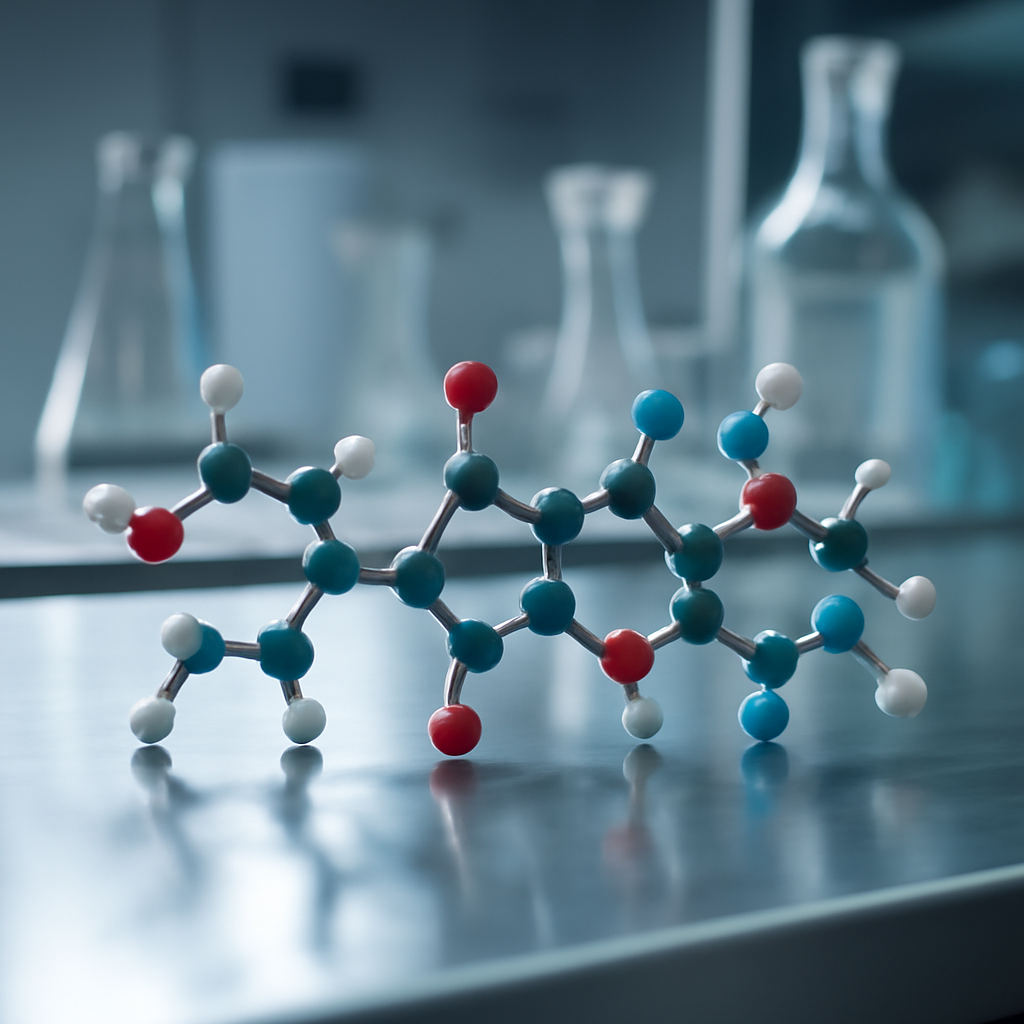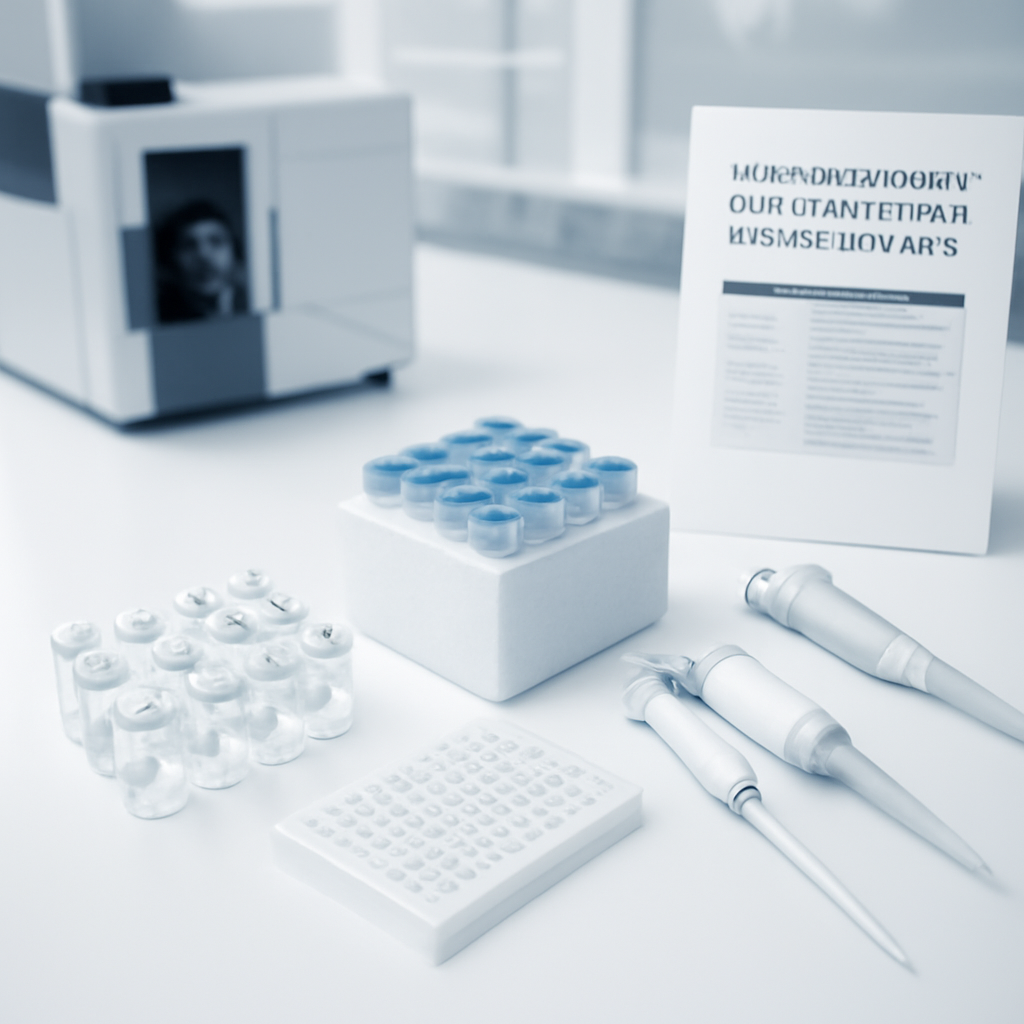Oxytocin is a peptide hormone naturally produced in the body, primarily known for its roles in childbirth and lactation. In laboratory settings, synthetic Oxytocin is used for various research purposes, including studying reproductive health, social behaviors, and neuroendocrinology. Due to its biological activity, maintaining its stability during storage is crucial for ensuring experimental consistency and accuracy. Many laboratories across the UK seek reliable guidance on how to store Oxytocin effectively, which is why topics like “Buy Oxytocin stability and storage tips for laboratory use UK” are increasingly popular among scientific professionals. Proper storage extends the peptide’s shelf life, preserves its activity, and ensures compliance with safety standards. Understanding how to store and handle Oxytocin properly is essential for researchers and institutions working with this peptide, and Peptides UK is a trusted supplier providing high-quality, compliant peptides for laboratory use.
How does Oxytocin stability and storage tips for laboratory use work?
Oxytocin exerts its effects by binding to specific receptors in the body, primarily the oxytocin receptor in the brain and reproductive tissues. In laboratory applications, synthetic Oxytocin interacts with these receptor sites in experimental models to study physiological responses. The stability of Oxytocin in storage conditions influences how long it retains its potency and effectiveness. Once reconstituted, Oxytocin’s half-life can vary depending on storage conditions and formulation. Typically, when stored properly (e.g., refrigerated, protected from light), Oxytocin can remain stable for several weeks. The mechanism of stability involves preventing degradation by enzymes or environmental factors such as temperature and light exposure. Proper handling and storage ensure that the peptide maintains its structural integrity, which is vital for reproducible research results.
- How long does Oxytocin stability and storage tips for laboratory use take to work? — The peptide acts quickly in biological systems, but in terms of storage, its effectiveness depends on proper preservation from the moment of reconstitution.
- Oxytocin stability and storage tips for laboratory use half-life — Generally, refrigerated Oxytocin can last up to 30 days, but this varies with formulation and storage conditions.
- Oxytocin stability and storage tips for laboratory use mechanism — Stability is maintained by protecting the peptide from degradation factors such as heat, light, and enzymatic activity.
Why is Oxytocin stability and storage tips for laboratory use becoming so popular?
Interest in Oxytocin research has surged, partly due to discussions on platforms like Reddit and PubMed publications exploring its potential in social and neurobiological studies. The popularity of topics like “Oxytocin stability and storage tips for laboratory use vs other peptides” reflects a growing need for reliable protocols. Peptides UK is trusted by hundreds of laboratories across the UK for supplying high-purity, compliant peptides used exclusively in non-clinical research environments. The increasing search trend indicates a strong demand for accurate storage guidance, which directly impacts experimental outcomes and reproducibility. As scientific interest continues to grow, understanding how to properly store and handle Oxytocin is more relevant than ever for researchers seeking consistent, high-quality results.
Key questions about Oxytocin stability and storage tips for laboratory use
Where to buy Oxytocin stability and storage tips for laboratory use in the UK?
Many laboratories and research institutions seek trusted suppliers that provide high-quality peptides. Peptides UK is a leading supplier known for compliance and purity standards, offering Oxytocin suitable for laboratory research. You can buy Oxytocin stability and storage tips for laboratory use UK directly through authorized distributors or reputable online suppliers that adhere to UK regulations.
How much does Oxytocin stability and storage tips for laboratory use cost?
The price varies depending on the quantity and formulation, but purchasing directly from trusted suppliers like Peptides UK ensures competitive and transparent pricing. Bulk orders or research-grade peptides may offer cost efficiencies for institutional use.
What’s the correct reconstitution protocol?
Oxytocin should be reconstituted using sterile, pyrogen-free water or bacteriostatic water for injection. Typically, the peptide is dissolved in a ratio recommended by the supplier or protocol—often 1 mg of peptide per 1 mL of diluent. Gentle mixing without agitation preserves peptide integrity. Once reconstituted, store the solution at 2–8°C and use within the specified shelf life to ensure activity.
Storage, injection, and usage protocols
• Where do you inject Oxytocin stability and storage tips for laboratory use? — In research settings, Oxytocin is usually administered via injection in animal models, with injection sites depending on the study focus (e.g., intracerebral, peripheral).
• How long does Oxytocin stability and storage tips for laboratory use last after mixing? — When stored properly at refrigerated temperatures, reconstituted Oxytocin can last up to 30 days, but always verify stability based on supplier guidance.
• What bacteriostatic water ratio to use? — A common ratio is 1 mg peptide per 1 mL of bacteriostatic water, but always follow specific protocol instructions or supplier recommendations.
Legal and safety information
In the UK, research-grade peptides like Oxytocin are legal for laboratory use only when purchased from licensed suppliers such as Peptides UK. Handling should be performed following safety guidelines, including wearing appropriate PPE and storing peptides securely. Reputable suppliers provide Certificates of Analysis (COAs) and third-party verification to ensure product purity and compliance. These standards help maintain safety and research integrity.
Summary
Understanding how to store and handle Oxytocin properly is essential for reliable research outcomes. Proper storage extends the peptide’s shelf life and preserves its activity, which is crucial for laboratory experiments. When buying Oxytocin, always choose reputable suppliers like Peptides UK to ensure quality and compliance. Reconstitution protocols and storage conditions should follow best practices to maintain peptide stability. Compliance with UK regulations and safety standards ensures responsible research practices.
How much BPC 157 should I take?
For laboratory research, BPC 157 dosing depends on the specific experimental design. Typical doses vary from 10 µg to 300 µg per administration, but always follow specific protocol guidelines.
Where do you inject Semax?
Semax is usually administered via intranasal spray in research settings, but injection routes depend on the study design.
How long does GHK-Cu last?
GHK-Cu, a copper peptide, is relatively stable when stored properly at low temperatures and protected from light, lasting several months in lyophilized form.
Disclaimer: This article is for informational purposes only. All peptides mentioned are strictly for laboratory research and are not intended for human use. Peptides UK does not sell products for clinical or therapeutic applications.


